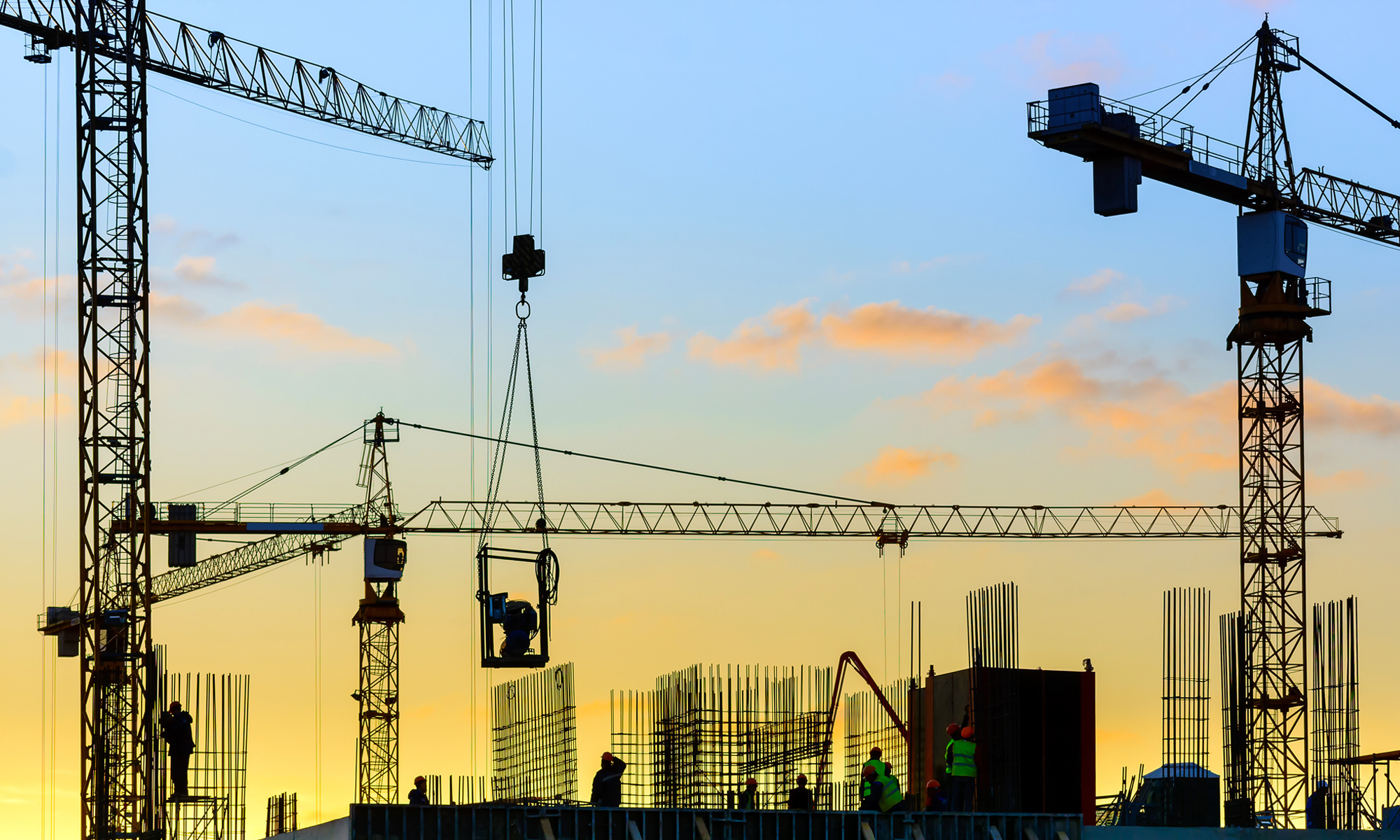A recent decision of the New York Supreme Court, LAM Group v. Anthony T. Rinaldi LLC, 2022 WL 17881264 (Sup. Ct., NY Co., Dec. 22, 2022), illustrates the importance of meticulously following the procedures set forth in civil practice statues and rules. In LAM, the owners of a commercial building in lower Manhattan brought an action against their contractor, a subcontractor, and other construction professionals alleging breach of contract, negligence, and other claims in connection with the installation of a stucco façade on their property.
Plaintiffs alleged that pieces of the stucco façade from the exterior of the building dislodged and landed on a neighboring property causing damage. Eventually, the entire stucco façade required replacement. Defendant Bayport Construction Group (“Bayport”), a subcontractor, had performed the masonry and stuccowork. Bayport and another defendant, Nobutaka Ashihara Architect PC (“NAA”), the initial architect retained for the project, were served with the summons and verified complaint by service on the New York Secretary of State, pursuant to New York Business Corporation Law § 306(b). However, neither Bayport nor NAA filed an answer or otherwise appeared in the action. Plaintiffs filed a motions for default judgment against the two non-appearing defendants. The court found that plaintiffs properly served Bayport and NAA with process and with the motion papers, but refrained from entering a default because plaintiffs failed to strictly follow the procedure set forth in the New York Civil Practice Law and Rules (“CPLR”).
